
Curiosity Cam-A View of Curiosity


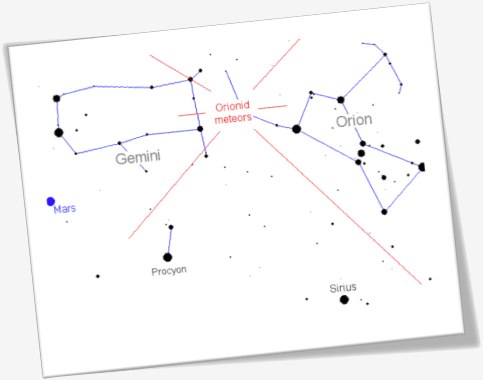
Link to the NES Virtual Campus.
NOTE: Update added 10-29-2010
President Obama and NASA Administrator Bolden Recognize Employees for Roles in Chilean Miner Rescue
President Barack Obama welcomed NASA Administrator Charles Bolden and a NASA team that assisted trapped Chilean miners to the Oval Office on Thursday for a ceremony that recognized Americans involved in the rescue.
After the White House event, Bolden and Deputy Administrator Lori Garver presented NASA’s Exceptional Achievement Medal to five agency employees who supported the rescue effort. The NASA Exceptional Achievement Medal is awarded for a significant, specific accomplishment or substantial improvement in operations, efficiency, service, financial savings, science, or technology that contributes to NASA’s mission.
“We’re greatly honored by the president’s recognition of these extraordinary NASA employees who assisted the Chilean miners,” Bolden said. “I’m sure they would be the first to tell you they were just doing their jobs and nothing out of the ordinary, but the men and women of NASA do extraordinary things each and every day.”
The medal recipients are:
– Dr. Michael Duncan, deputy chief medical officer at NASA’s Johnson Space Center in Houston and team leader
– Dr. Albert Holland, operational psychologist at Johnson
– Dr. James Polk, medical officer at Johnson
– Clint Cragg, principal engineer for the NASA Engineering and Safety Center at the Langley Research Center in Hampton, Va.
– Albert Condes, deputy associate administrator of the Office of International and Interagency Affairs at NASA Headquarters in Washington
The employees from Johnson and Langley traveled to Chile Aug. 30 – Sept. 5 and visited the mine after discussions between the Chilean government and Condes. The team consulted with a number of organizations in Chile, including the Ministry of Health, Ministry of Mining, the Chilean Navy and the Chilean Space Agency.
NASA provided technical advice to the Chilean government based on the agency’s long experience in protecting humans in the hostile environment of space. NASA’s initial support included recommendations on medical care, nutrition and psychological support. The request for later NASA support was broadened to include recommendations on the design of a Chilean vehicle used to extract the miners. Consultations continued between members of the NASA team and Chilean government officials until the miners were rescued.
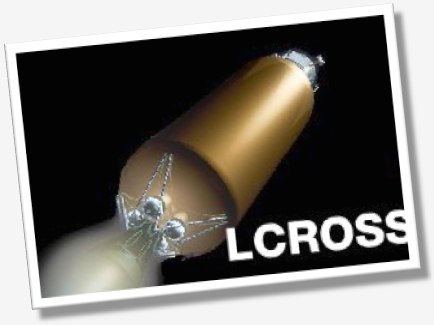 It’s been a year since LCROSS heroically impacted the moon in search of water. The results of analysis of the impact of LCROSS on the moon have been in the news recently. You may have seen pieces on the news or read about water being discovered on the moon.
It’s been a year since LCROSS heroically impacted the moon in search of water. The results of analysis of the impact of LCROSS on the moon have been in the news recently. You may have seen pieces on the news or read about water being discovered on the moon.There are two scheduled opportunities on Wednesday, Nov. 3 —
10 a.m. PDT / 1 p.m. EDT and 1 p.m. PDT / 4 p.m. EDT
Link to the NES Virtual Campus website.
 Call for Proposals: NASA is seeking formal and informal education institutions and organizations, individually or working together, to host a live, in-flight education downlink during Expeditions 27 and 28 (approximately from March to September). To maximize these downlink opportunities, NASA is looking for organizations that will draw large numbers of participants and integrate the downlink into a well-developed education plan. The deadline to submit a proposal is Dec. 3, 2010.
Call for Proposals: NASA is seeking formal and informal education institutions and organizations, individually or working together, to host a live, in-flight education downlink during Expeditions 27 and 28 (approximately from March to September). To maximize these downlink opportunities, NASA is looking for organizations that will draw large numbers of participants and integrate the downlink into a well-developed education plan. The deadline to submit a proposal is Dec. 3, 2010.
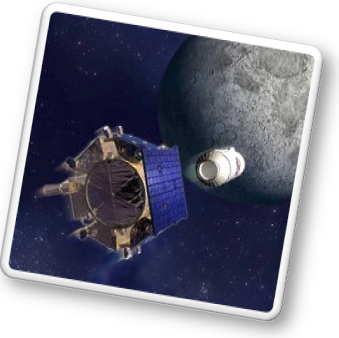 Nearly a year after announcing the discovery of water molecules on the moon, scientists have revealed new data uncovered by NASA’s Lunar CRater Observation and Sensing Satellite, or LCROSS, and Lunar Reconnaissance Orbiter, or LRO—and it’s more than just water.
Nearly a year after announcing the discovery of water molecules on the moon, scientists have revealed new data uncovered by NASA’s Lunar CRater Observation and Sensing Satellite, or LCROSS, and Lunar Reconnaissance Orbiter, or LRO—and it’s more than just water.
The missions found evidence that lunar soil within shadowy craters is rich in useful materials. Moreover, the moon appears to be chemically active and has a full-fledged water cycle. Scientists also confirmed that ‘moon water’ was in the form of mostly pure ice crystals in some places.
For more information visit the LCROSS website.
Link to the NES Virtual Campus.
 Watch this week’s episode of NASA Now and learn about a mission proposal to send a satellite to Jupiter and its moons Europa and Ganymede. The mission will map the Jovian magnetosphere and its interactions with the Galilean satellites. The mission will characterize water oceans beneath the ice shells of Europa and Ganymede, as we search for signs of life elsewhere in the universe.
Watch this week’s episode of NASA Now and learn about a mission proposal to send a satellite to Jupiter and its moons Europa and Ganymede. The mission will map the Jovian magnetosphere and its interactions with the Galilean satellites. The mission will characterize water oceans beneath the ice shells of Europa and Ganymede, as we search for signs of life elsewhere in the universe.
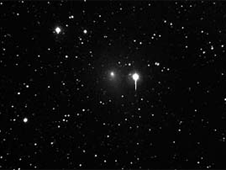 Teachers – Get Ready!
Teachers – Get Ready! 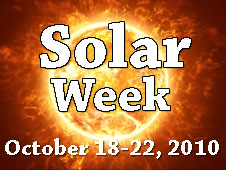 Twice a year, Solar Week provides a weeklong series of web-based educational activities for classrooms about our magnetic variable star, the sun, and its interactions with Earth and the solar system.
Twice a year, Solar Week provides a weeklong series of web-based educational activities for classrooms about our magnetic variable star, the sun, and its interactions with Earth and the solar system.